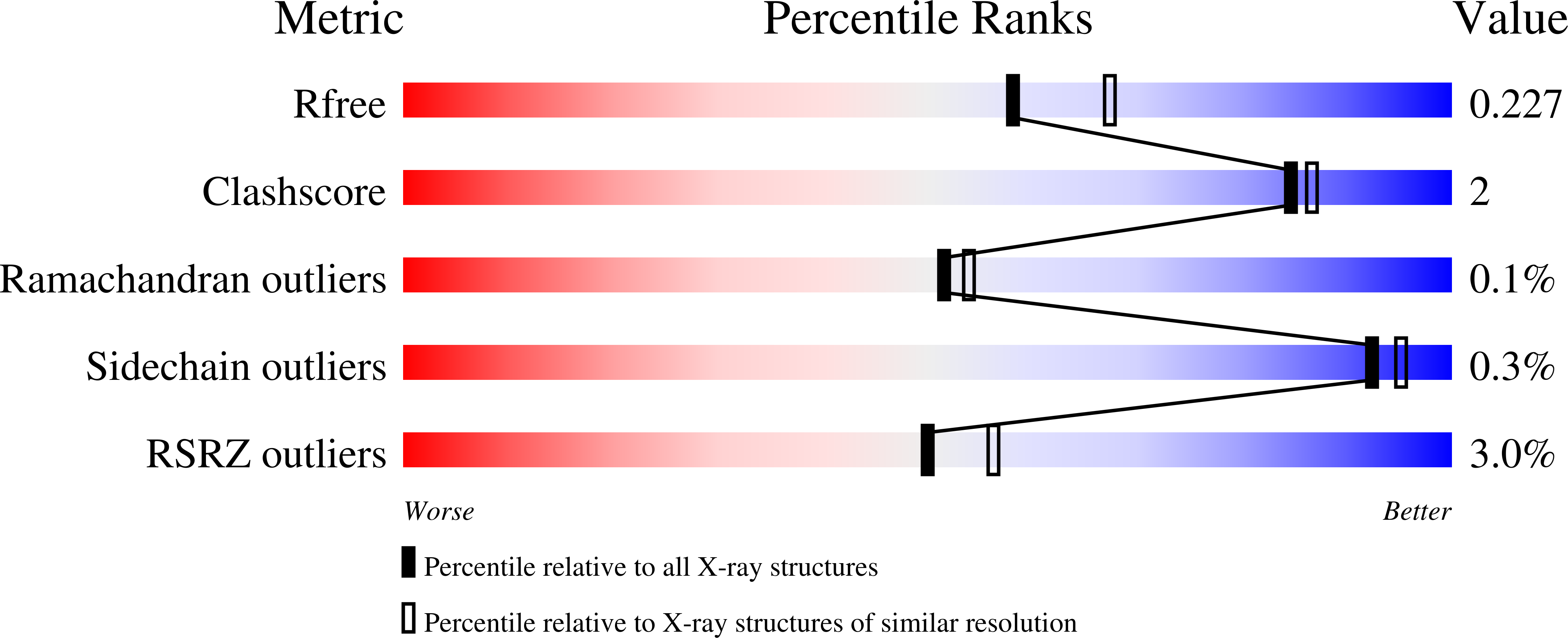
Deposition Date
2022-08-01
Release Date
2023-08-02
Last Version Date
2024-03-13
Entry Detail
PDB ID:
8DWR
Keywords:
Title:
Crystal structure of the L333V variant of catalase-peroxidase from Mycobacterium tuberculosis
Biological Source:
Source Organism:
Mycobacterium tuberculosis (Taxon ID: 1773)
Host Organism:
Method Details:
Experimental Method:
Resolution:
2.10 Å
R-Value Free:
0.22
R-Value Work:
0.18
R-Value Observed:
0.18
Space Group:
P 1 21 1


